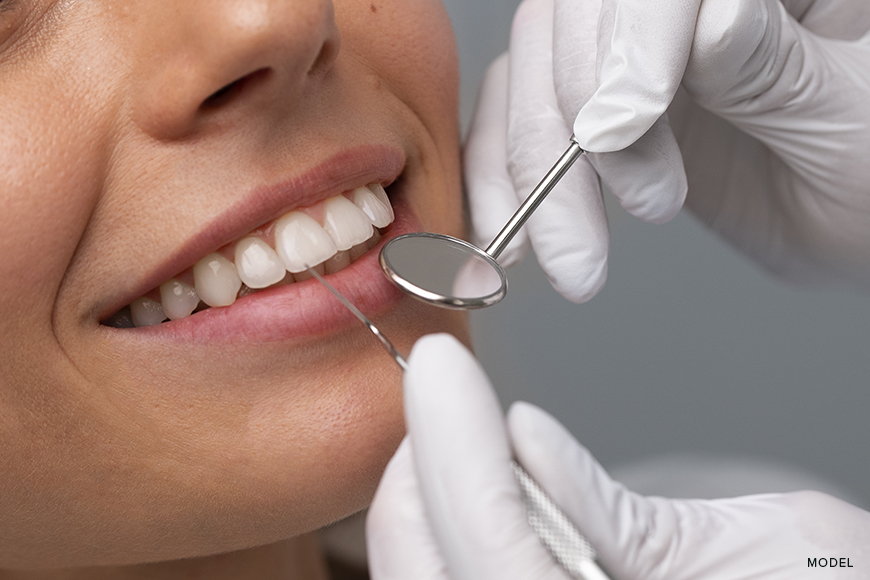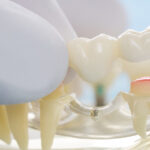The health of your teeth plays a crucial role in your overall well-being. When faced with dental issues, it’s essential to understand the options available for treatment. Two common procedures, dental crowns vs. fillings.
Dental Crowns vs. Fillings: Which Treatment is Right for You?
When it comes to restoring damaged teeth, two common options are dental crowns and fillings. Dental crowns, often referred to as caps, cover the entire tooth, providing strength and protection, while fillings are used to repair smaller areas of decay or damage within the tooth. Understanding the differences between these two treatments can help you make an informed decision about which is best for your dental health needs.
Dental Fillings: Preserving the Essence
Dental fillings are a common solution to address issues such as cavities and minor tooth decay. The procedure involves removing the damaged portion of the tooth and filling the space with a suitable material, typically composite resin or amalgam.
Advantages
- Less Invasive: The process of getting fillings is minimally invasive compared to dental crowns.
- Cost-Effective: Dental fillings are generally more affordable than dental crowns.
- Quick Procedure: The application of fillings is a relatively quick procedure, often completed in a single dental visit.
- Preserves Natural Tooth Structure: Fillings retain more of the natural tooth structure since they only address specific areas of decay.
Disadvantages
- Limited Durability: Fillings may have a shorter lifespan compared to dental crowns, especially in high-stress areas of the mouth.
- Aesthetic Concerns: While tooth-colored fillings are available, they may not match the natural color of the teeth perfectly.
- Not Suitable for Extensive Damage: Fillings are not the ideal solution for extensive tooth damage or large cavities.
Dental Crowns: Reinforcing Strength
Dental crowns, on the other hand, are used when a tooth faces significant damage or undergoes a root canal. Crowns act as a protective cap, encasing the entire tooth to restore its strength, shape, and appearance.
Advantages
- Durability and Strength: Dental crowns provide long-lasting durability and strength, making them suitable for extensive tooth damage.
- Aesthetic Options: Crowns can be made from various materials, including porcelain, to match the natural color and appearance of the teeth.
- Comprehensive Coverage: Crowns cover the entire tooth, providing comprehensive protection and reinforcement.
- Versatility: Dental crowns can be used in various situations, including after a root canal or for fractured teeth.
Disadvantages
- Invasive Procedure: The process of getting a dental crown involves more significant reshaping of the tooth, which can be considered more invasive.
- Higher Cost: Dental crowns are generally more expensive than dental fillings, considering the materials used and the complexity of the procedure.
- Multiple Visits: The placement of a dental crown often requires multiple visits to the dentist, including the initial consultation, tooth preparation, and crown placement.
Dental Crowns vs. Fillings: The Right Choice for Your Dental Health
Both dental crowns vs. fillings offer valuable solutions for restoring damaged teeth. Crowns provide comprehensive coverage and durability, making them ideal for more extensive damage, while fillings are a more conservative and cost-effective option for minor repairs. By understanding the benefits and limitations of dental crowns vs. fillings, you can make a well-informed decision to ensure the longevity and health of your smile.
Still can’t decide to whether dental crowns vs. fillings works best for you? Book a consultation with our experienced team at Madison Dentistry & Implant Center today.




